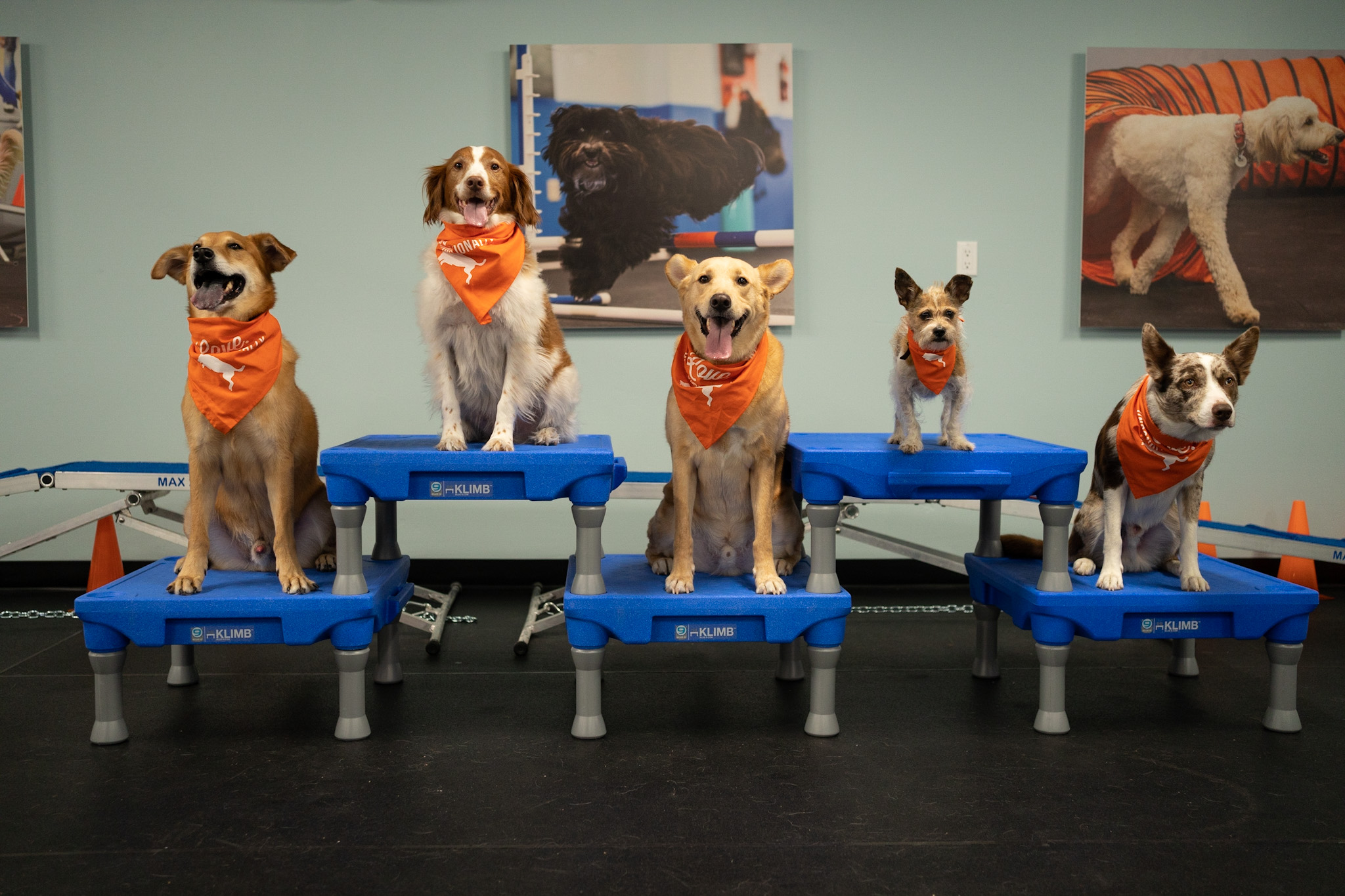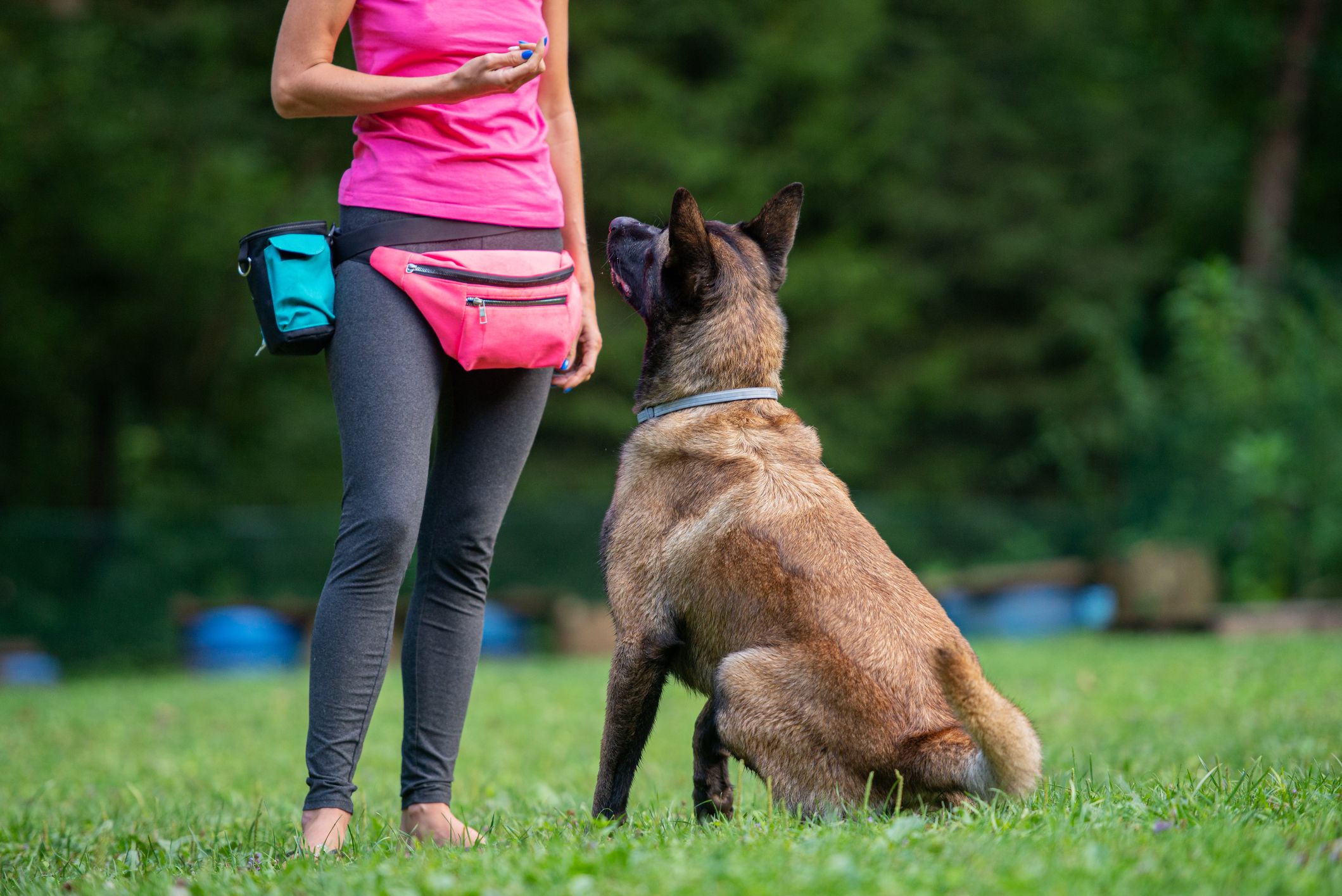Dog Training Solutions to Help You Raise a Well-Behaved Pet
Dog Training Solutions to Help You Raise a Well-Behaved Pet
Blog Article
Transform Your Pet's Behavior With Proven Training Techniques
Changing your pet dog's habits needs a nuanced understanding of their individual characteristics and needs, as well as the application of tested training methods. Uniformity in your training technique not only enhances obedience yet likewise fosters a much deeper bond of count on and regard in between you and your pet.
Understanding Pet Habits
Understanding pet habits is important for reliable training and communication in between people and their canine companions. Pet dogs, as social animals, display a range of actions influenced by genes, environment, and experiences - Dog training. Identifying these habits aids owners customize their training approaches to meet the details needs of their pet dogs
Trick facets of dog actions consist of body language, articulations, and social communications. Furthermore, socialization plays an important function in forming behavior; pet dogs that communicate positively with various other pets and different individuals are usually a lot more well-adjusted and adaptable.
Additionally, identifying anxiety signals-- such as panting, avoidance, or pacing actions-- can protect against rise right into extra significant concerns. Proprietors who are attuned to their canine's habits can produce a caring and secure setting, promoting depend on and improving the training process. Ultimately, a deep understanding of canine actions lays the structure for a harmonious relationship and effective training end results, ensuring both pets and their proprietors prosper together.
Positive Support Methods
Positive reinforcement strategies are extensively acknowledged as one of the most effective methods for training pets, cultivating a favorable discovering environment. This method involves rewarding desired behaviors with treats, appreciation, or play, therefore urging the pet dog to repeat those actions. Unlike punishing approaches, positive support develops trust fund and enhances the bond in between the pet dog and the trainer.
Incentives ought to be provided immediately complying with the preferred actions to aid the dog make the connection. Consistency is likewise important; utilizing the exact same commands and incentives aids the dog understand what is expected.
It is essential to note that positive reinforcement is not regarding bribery; rather, it is regarding strengthening etiquette. With time, as the pet finds out to link details activities with favorable end results, the regularity of benefits can be slowly minimized, transitioning to verbal praise or intermittent rewards. This method not just urges obedience yet additionally advertises a satisfied and certain canine, making training a more pleasurable experience for both parties entailed.
Resolving Usual Concerns
Attending to common issues throughout pet training is necessary for making sure a successful and harmonious relationship in between the pet and its proprietor. Numerous canine owners encounter behavior difficulties, such as excessive barking, leaping, and chain pulling. Comprehending the origin of these actions is vital for efficient training.
Excessive barking might originate from boredom, anxiousness, or a lack of socializing. To alleviate this, offer ample workout, mental excitement, and chances for social interaction with both people and other dogs. Jumping can typically suggest exhilaration or a helpful resources desire for focus. Educating the pet dog to sit upon greeting can reroute this habits favorably.
Chain pulling is one more widespread issue, often arising from a dog's passion to discover. Utilizing appropriate chain handling methods, incorporated with training methods that encourage loose-leash walking, can considerably enhance this actions.
Furthermore, issues like resource securing or separation stress and anxiety need customized techniques. Gradual desensitization and counter-conditioning can be efficient in addressing these challenges. By recognizing and proactively handling these typical concerns, pet proprietors can cultivate a more pleasurable training experience and enhance the bond with their canine buddies.
Consistency in Training

To accomplish consistency, it is essential that all members of the household comply with the exact same training methods. Utilizing the very same verbal cues and hand signals makes sure that the dog obtains uniform messages. In addition, the timing of improvements and rewards need to correspond; prompt reinforcement boosts the possibility that the pet will connect the behavior with the result.
Routine technique sessions, coupled with structured routines for feeding, strolling, and playtime, assistance pets anticipate and comprehend their setting, making them extra receptive to training. Eventually, uniformity cultivates a sense of safety and trust, empowering canines to find out more successfully.
Building a Solid Bond
Just how can fostering a strong bond between a pet and its owner enhance the training experience? A solid relationship built on count on and respect serves as the structure for effective training. When a dog feels secure in its link with its proprietor, it is more probable to show favorable actions and be receptive to learning. This bond encourages the dog to involve completely in training sessions, as it sees the owner as a resource of advice and assistance.
Additionally, a strong bond helps with far better communication. Dogs are experienced at checking out human cues, and a relying on relationship permits more clear signals during training. Proprietors who spend time in building this bond with play, socialization, and favorable reinforcement develop an atmosphere where dogs really feel eager and motivated to discover.
In addition, a well-established link can reduce anxiety and behavioral issues, as pets are much less most likely to act out when they really feel recognized and taken care of. Focusing on the development of a strong bond not just boosts the training experience but likewise adds to a happier and see this here much more well-adjusted pet. Ultimately, the journey of training changes right into a collaborative collaboration, leading to lasting behavioral enhancements.
Verdict

Proprietors who are attuned to their canine's behavior can create a caring and safe environment, cultivating trust fund and enhancing the training process. Ultimately, a deep understanding of canine actions lays the structure for a harmonious partnership and reliable training results, guaranteeing both canines and their proprietors prosper together.
Addressing usual problems during pet training is necessary for guaranteeing a effective and unified connection between the pet dog and its owner.Uniformity is a foundation of effective pet dog training, as it establishes a clear structure for the canine to recognize assumptions and behaviors.In final thought, transforming a pet dog's habits with proven training approaches calls for an understanding of canine habits, the application of favorable reinforcement strategies, and a focus on uniformity.
Report this page